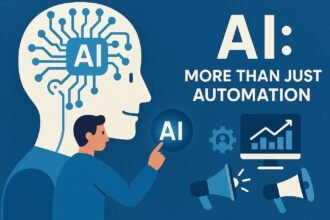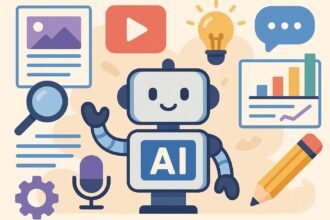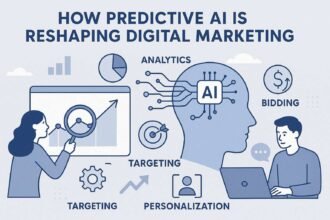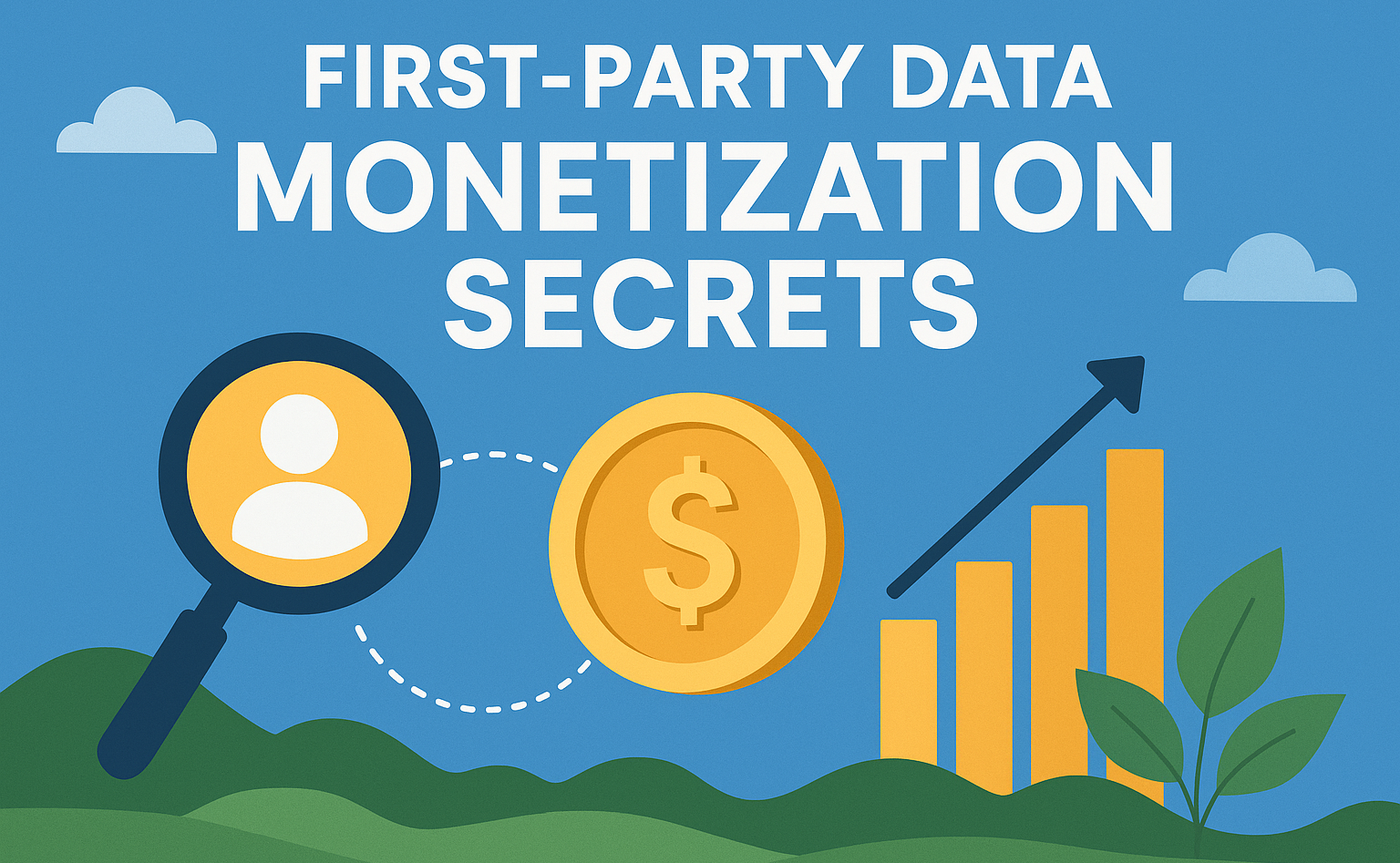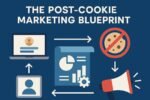Every content marketer knows how hard it is. The “content treadmill” never stops. You write blog posts, make social media updates, send out newsletters, and write scripts for videos all the time. You need to keep putting out high-quality work on a regular basis so that Google can find you and your audience can find you.
What’s the problem? It makes me tired. Even the most creative people get tired of looking at a blank page with a blinking cursor on it.
But here’s the truth: things have changed in the game. AI is no longer a topic of debate; it’s a must-have. Not paying attention to it is not a good idea; it is a losing strategy. AI doesn’t take your place; it gives you speed, scale, and a big advantage over your competitors.
This guide will show you how to do it.
Why Writing by Hand Only is a Dead End
The romantic notion of a solitary writer meticulously crafting each word is incompatible with contemporary marketing. Not using AI in today’s digital race is like not using electricity in a factory.
1. Speed and Scale That You Can’t Match
AI can write 1,500 words in less than two minutes.
A person? Four to six hours.
That’s not a small edge; it’s a big change in how well things work.
2. The Financial Benefit
A lot of time spent doing research and writing by hand costs a lot.
AI does the hard work for you, so you can spend your money on strategy, promotion, and conversions.
3. Get Rid of Writer’s Block
AI never looks at a blank screen. It can make:
- Ideas for topics
- Angles
- Outlines
- Even full drafts
That creative energy keeps you going.
The Human + AI Workflow: Your New Superpower
When you mix AI’s speed with human creativity, that’s when the magic happens. Here’s a simple way to do it:
Step A: Use AI to Help You with Your Research and Ideas
- Blog ideas: Ask for blog titles, frequently asked questions, or pain points to help you come up with ideas.
- Outlining: Get organized plans with introductions, subheads, and conclusions.
- Research synthesis: Summaries of important facts and trends in a few minutes.
Step B: The “Smart Draft”
Let AI make a draft that is 70–80% done.
It isn’t perfect, but it helps you get through the hardest part: starting.
Step C: The Person Who Edits
Your job is to turn rough AI text into polished, one-of-a-kind content:
- Check the facts: Don’t trust AI stats without checking them first. Check.
- Add your brand’s voice: Rewrite for tone and personality.
- Use real-life examples: Like case studies, customer stories, and personal stories.
- Check for originality: With tools like Copyscape or Originality.ai.
Step D: Making Things Better and Using Them Again
AI also helps after you edit:
- SEO: Make meta descriptions, LSI keywords, and alt text for images.
- Reusing: Change one blog post into:
- 5 posts on social media
- A carousel on LinkedIn
- A script for an Instagram Reel
- A summary of the newsletter
Breaking Down Common AI Myths
| Myth | Reality |
|---|---|
| “AI content is bad for Google.” | Google doesn’t care where something came from; it cares about how good it is. Rankings for edited AI content. |
| “AI content has no soul.” | Editing that isn’t careful is soulless. People’s input gives voice and value. |
| “AI will take over jobs.” | It takes over jobs, not people. You go from being a writer to a content strategist. |
| “AI plagiarizes.” | AI doesn’t copy language; it predicts how it will change. Editing by a person makes sure that something is original. |
Prompt Engineering 101
What makes AI content great? Great questions.
Bad Prompt
“Write a blog post about search engine optimization.”
Good Prompt (Role + Task + Context + Constraints + Format)
“You are an expert in social media strategy for e-commerce brands. Write a blog post with the title ‘Beyond the Likes: 7 Ways to Turn Instagram Followers into Paying Customers.’ It should be 2,000 words long. Focus on small business owners and keep the tone confident and useful. Don’t talk about Facebook or TikTok. Use Markdown and break it up into 7 H2 sections with examples from real life.”
The difference? A lot.
The Future Is Hybrid, in the End
We’re at a point in communication history that is as big as the printing press. Making content by hand all the time isn’t possible. AI is not the enemy; it’s the engine.
The best content will come from a mix of AI-powered speed and human creativity.
- AI does the hard work of writing.
- People add voice, strategy, and new ideas.
This isn’t the end of creativity; it’s the start of smarter creativity. The empty page is gone. The treadmill of content is over. It used to be “Should I use AI?” Now it’s “How quickly can I learn it?”






